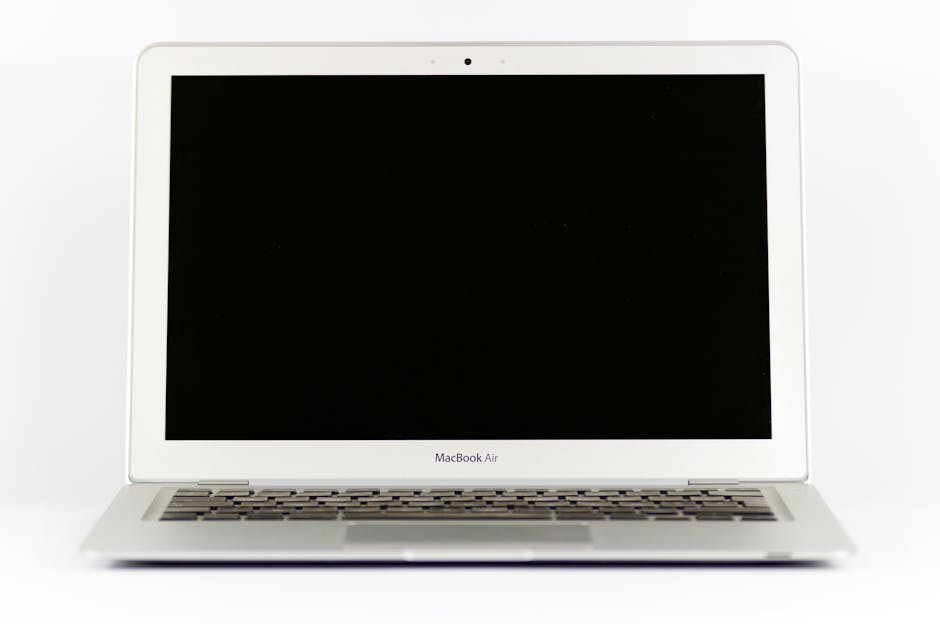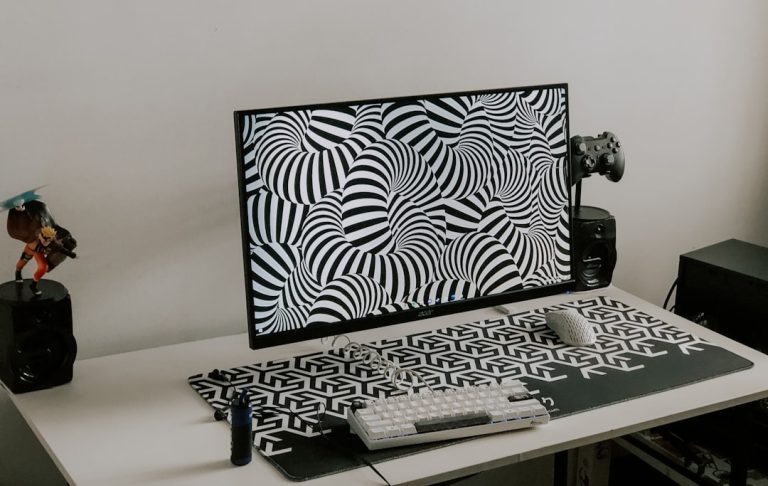The Best Way I Found to Organize My Laptop Desktop (my File System)
For years, my laptop desktop was a digital graveyard. Icons sprawled across the screen like forgotten tombstones, each representing an urgent task, a half-finished project, or a downloaded document I’d never find again. My file system? A labyrinth of “New Folder (2),” “Untitled Document Final_v2,” and unsorted downloads that made finding anything a Herculean task. The mental toll was immense. Every time I opened my laptop, a wave of low-level anxiety washed over me, a constant reminder of the digital chaos I was living in. I knew I needed a change, not just a quick fix, but a sustainable system that truly worked for my workflow and my brain. After countless experiments, frustrating false starts, and a deep dive into what truly hindered my productivity, I finally stumbled upon a method that revolutionized my digital life. This isn’t a generic guide; this is the specific, battle-tested system that brought order to my digital world, and I’m excited to share the exact blueprint I now follow.
My Journey from Digital Clutter to a Purposeful Desktop
My quest for digital organization wasn’t born out of a sudden epiphany, but rather a slow, grinding frustration. I tried everything: color-coding, tagging, single-folder systems, even attempting to live entirely in the cloud. Each attempt offered a temporary reprieve, but none addressed the root cause of my digital hoarding or provided a scalable solution for my ever-growing list of projects and documents. The problem wasn’t just about *where* to put files; it was about *how* I thought about files, *how* I initiated new tasks, and *how* I retrieved information. My desktop, in particular, was the frontline of this battle. It was where new files landed, where urgent tasks resided, and where visual clutter directly impacted my focus. I realized that a truly effective system needed to be intuitive, reduce decision fatigue, and integrate seamlessly into my daily habits. My solution began with a radical shift in mindset: viewing my desktop not as storage, but as a launchpad, and my file system as a well-indexed library.
The “Desktop Zero” Philosophy: A Clean Slate Every Day
The first, and perhaps most impactful, change I made was adopting a “Desktop Zero” philosophy. This isn’t about having absolutely nothing on your desktop, but rather ensuring that anything present is *actionable* and *temporary*. My desktop now serves as a highly visible, short-term holding area for items that require immediate attention or are actively being worked on *right now*. If it’s not in one of these two categories, it doesn’t stay on the desktop. This rule alone cut down my visual clutter by about 80%. It forces me to make quick decisions: act on it, file it, or delete it. This prevents the accumulation of forgotten downloads and half-baked ideas that used to paralyze my start to the day. The simple act of seeing a clean desktop each morning significantly reduces my cognitive load and helps me focus on priority tasks.
The Foundational Pillars of My “Project Pod” File System
Moving beyond the desktop, the core of my organization lies in what I call “Project Pods.” This is a hierarchical system designed to group related work, resources, and outputs into self-contained units. Instead of scattering files across various folders based on type (e.g., “Documents,” “Spreadsheets,” “Images”), I group them based on their *context* and *purpose*. This mirrors how my brain naturally organizes tasks and projects. Every single file I create or save belongs to a specific “pod,” even if that pod is simply “Personal Admin” or “Learning Resources.”
Crafting My Digital Neighborhoods: The Top-Level Directory Design
At the very top level of my file system, I have a few crucial directories, each serving a distinct purpose:
- 00_Inbox: This is my digital landing strip. All new downloads, screenshots, and quick captures go here temporarily. It’s the first place I look for anything recently saved, and it gets cleared out daily or weekly. Think of it as a temporary staging area before files are properly categorized.
- 01_Projects: This is the heart of my active work. Inside, each major project gets its own “Project Pod” folder. The naming convention here is key: `YYYY-MM-DD_Project Name_Client/Context`. For example, `2023-10-26_Website Redesign_Acme Corp`. This chronological prefix ensures projects are sorted by start date, and the descriptive name makes them instantly identifiable.
- 02_Resources: This folder houses all evergreen, reference material that isn’t tied to a specific project. This includes templates, software licenses, tutorials, personal development notes, and long-term research. Subfolders here are categorized by type (e.g., “Software,” “Templates,” “Learning,” “Personal Finance”). This is where I store information I might need to refer back to repeatedly.
- 03_Archive: Once a project is complete, or a resource is no longer actively needed but must be retained, it moves here. The structure within “Archive” mirrors “Projects” and “Resources” for easy retrieval. This keeps my active folders lean and focused.
- 04_Templates: A dedicated space for frequently used document templates (reports, invoices, meeting agendas). This prevents me from having to dig through old projects to find a starting point.
This simple, five-folder top-level structure provides immediate clarity. I know exactly where to put new information and where to look for existing information, reducing decision fatigue and the dreaded “where did I save that?” moments.

Taming the Desktop: My “Inbox Zero” Approach for Visual Order
While the “Desktop Zero” philosophy is about intent, the actual implementation involves a specific set of tools and habits. My goal is to make my desktop a functional dashboard, not a storage unit. This means employing a few key strategies:
The “Today” Folder: My Dynamic Workspace
I have one persistent folder on my desktop named “Today.” This folder is my active workspace for the day. Any files I am *currently* working on, or need to access repeatedly throughout the day, go into “Today.” At the end of the workday, or certainly by the next morning, everything in “Today” is either filed into its appropriate Project Pod, archived, or deleted. This ensures that my desktop remains pristine and focused on


